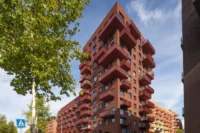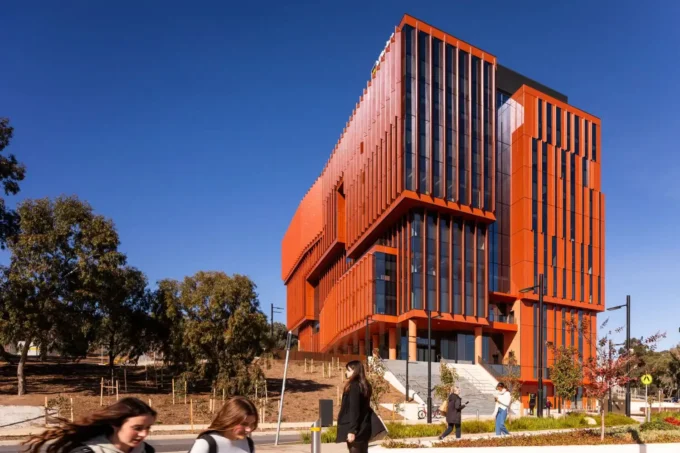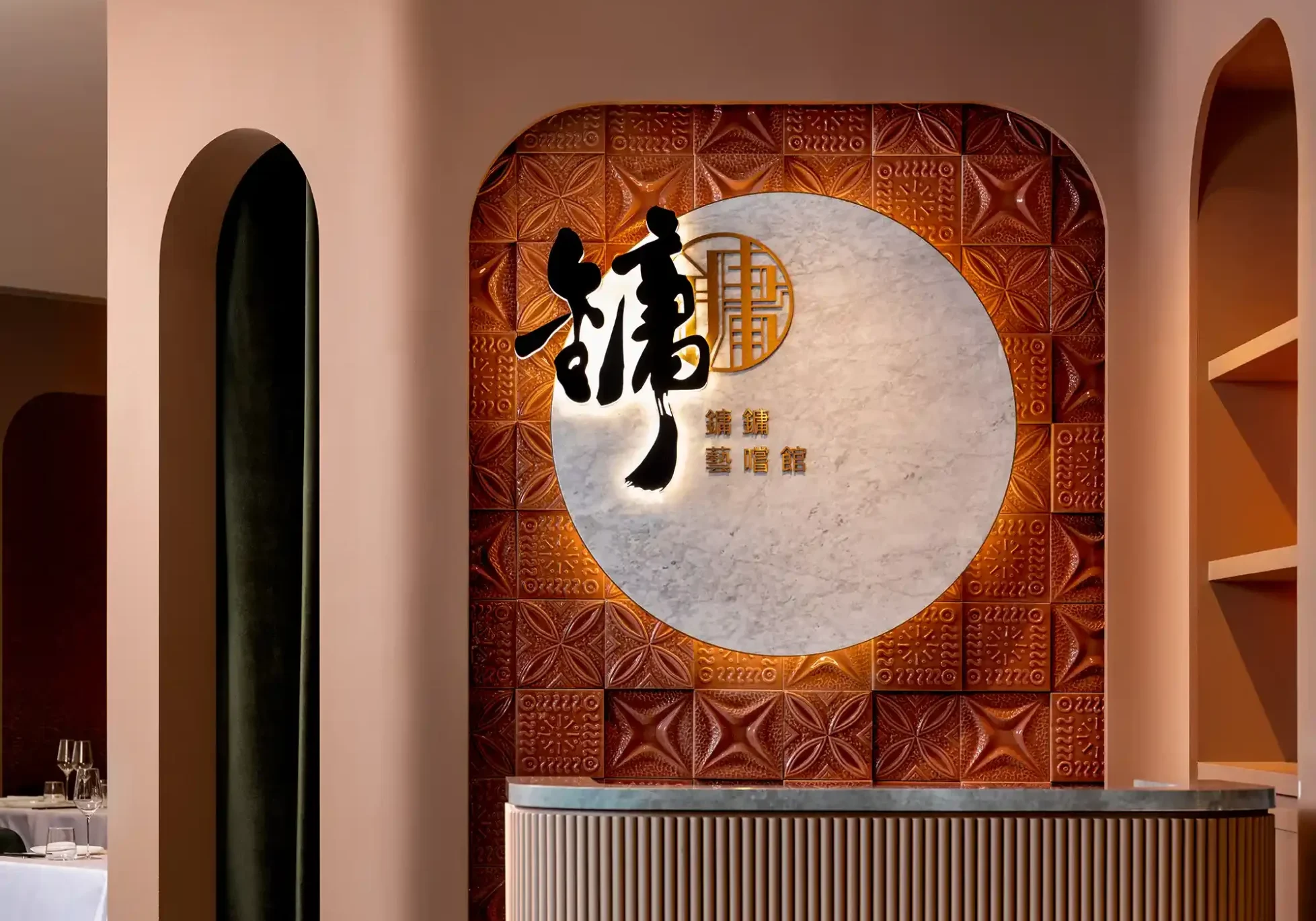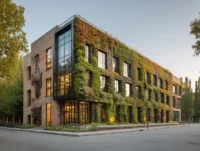As healthcare demands evolve, so too must the spaces that support them. At Parc Taulí Hospital, located in Sabadell, Spain, the joint team of Pinearq and PMMT has undertaken a phased, in-situ transformation that addresses not only the physical growth of a major hospital campus, but also the emotional and sensory needs of its users.
The hospital complex, originally composed of six interconnected buildings, required significant modernization to meet contemporary standards of medical care, efficiency, and comfort. However, with the hospital in full operation throughout the project, all work needed to be carefully phased to avoid interrupting its critical, continuous healthcare services.

Strategic Reorganization and Expansion
The project focuses on the critical care unit (ICU), surgical block, and emergency observation area—three vital programs that form the operational core of the hospital. These spaces were reconfigured, expanded, and updated to meet current regulatory and functional standards, while prioritizing user well-being and seamless operational flow.
The Intensive Care Unit, located on the first floor and spanning across four of the interconnected volumes, underwent a complete refurbishment and extension. The new layout accommodates 39 enclosed rooms for critical patients and 9 for semi-critical cases. Among these, two rooms include antechambers for isolation protocols, and one room is equipped with lead shielding to allow radiological imaging within the ICU, minimizing patient transfers and risk.
Surgical Block: Efficiency and Expansion
The transformation of the surgical block reflects a major upgrade in both size and circulation logic. Originally housing eight operating theatres, the unit now includes sixteen fully updated theatres, alongside 22 beds in the Post-Anaesthesia Recovery Unit (URPA). Four of these beds are located in enclosed rooms for patients requiring higher levels of post-operative care. The operating theatres have been enlarged to accommodate modern surgical technology, while circulation routes—both for staff and patients—have been reorganized for clarity and safety. Changing rooms have also been relocated and expanded to improve workflow efficiency.

Emergency Observation and Spatial Identity
Perhaps the most visually distinct intervention is the expansion of the emergency observation area, which introduces a bold volumetric addition to the ground floor of the main building. Three lozenge-shaped volumes now project from the existing northern façade, serving as new observation rooms while dramatically increasing natural light and façade exposure. Below, three semi-covered outdoor courtyards emerge from previously unused intermediate spaces beneath the building. These openings not only provide natural ventilation but offer a connection to the outdoors, creating moments of calm and transparency for patients undergoing emergency care.
A Human-Centered Design Ethos
More than a technical expansion, the project reflects a deeper commitment to humanizing the clinical experience. Recognizing the emotional intensity of hospital environments—particularly in emergency and critical care—the architects focused on creating spaces that convey calmness, dignity, and comfort.
Natural light plays a pivotal role throughout the design. Strategic openings, glass partitions, and courtyards allow daylight to penetrate deep into interior spaces, creating environments that are both inviting and energizing. Ventilation is enhanced through cross-air strategies and outdoor access, contributing to improved air quality and thermal comfort.
Material selection also supports the project’s therapeutic goals. The interiors are characterized by warm, tactile finishes—wood tones, muted colors, and textural elements—that soften the clinical feel often associated with hospital spaces. Large-scale photographic images of nature, integrated into walls and partitions, create visual cues of serenity and landscape, offering psychological comfort for both patients and staff.

Architecture in Service of Healing
Ultimately, the expansion of Parc Taulí Hospital by Pinearq and PMMT demonstrates how healthcare architecture can transcend utilitarian purpose. By blending technical precision with emotional intelligence, the project transforms high-stress environments into spaces of clarity, support, and human connection.
This renovation is not just a functional upgrade, but a testament to architecture’s role in promoting holistic healing—where operational excellence and emotional well-being coexist in every design decision.
Photography: Simón García
- Emergency observation area
- Healthcare architecture
- Healthcare spatial planning
- Hospital architecture Sabadell
- Hospital courtyards and nature
- Hospital expansion Spain
- Hospital renovation projects
- Hospital ventilation strategies
- Hospital workflow efficiency
- Human-centered hospital design
- Intensive Care Unit design
- Medical facility modernization
- Natural light in hospitals
- Parc Taulí Hospital
- Patient-centered design
- Pinearq architecture
- PMMT design studio
- Post-anesthesia recovery unit
- Surgical block upgrade
- Therapeutic hospital interiors








































Leave a comment